How Is Metadata Used in OTT?
January 27, 2022
Metadata, or data about data, should be on your radar as a content creator. However, it's often an afterthought. Unbeknownst to many, these details can make or break your content's success on OTT platforms. These platforms use metadata to form recommendations, and you can also use metadata to evaluate your content and improve it. The problem is that each platform has different expectations for metadata. With a centralized OTT media cloud, metadata management is easier than ever.
The Value of Metadata
Metadata describes your video content and provides information about it. This information helps algorithms find your content and promote it. A great example is the category that you put your content into. Simply labeling your latest sitcom episode with a comedy tag could be all it takes to get in front of someone's eyes as they flip through options. Likewise, your content's description provides keywords and phrases that search engines can use to help people find your work.
Even things like the length of your video and its bitrate can be factors that influence whether your content is shown or not. However, this is where publishing can get confusing. Different platforms will call for different tidbits of metadata. YouTube gives more emphasis to descriptions and tags while an OTT TV platform will prioritize categories and keywords in your channel title.
Different Standards, One Solution
To take the guesswork out of metadata and simplify uploads to multiple platforms, use a centralized content distribution network. All you need to do is upload your content once, tag it appropriately and fill out all the information fields, and leave the rest to the cloud. A network of computers in the cloud will process your video files into the right formats for each platform, apply metadata according to each platform's preferences, and release your content right on schedule.
Just doing this can save you hours of uploading and configuration across platforms. Most content creators spend at least twenty to thirty minutes doing this for a single platform. Imagine the savings when you're uploading to several platforms at once. Better still, your PC won't be bogged down by multiple encoding jobs for each platform, that's happening online now.
Track and Improve
Metadata is also a source of information about your performance. For instance, you can test certain terms in your descriptions and compare viewership. This can give you a clue as to what search terms are working best and which ones you should continue to use. Likewise, your runtime to view ratio can inform you as to how long your fans want your videos to be.
With a content distribution network, you can track metrics across multiple platforms as well. You might tailor your metadata to a certain crowd on a single platform later on. Over time, your insights will grow, and so will your audience.
Upgrade to a Media Cloud
The Lightcast media cloud gives you a content distribution network that builds your audience by giving your content more outlets and visibility. Request a callback from Lightcast or send us an email to learn more about how we can optimize so you can monetize.














